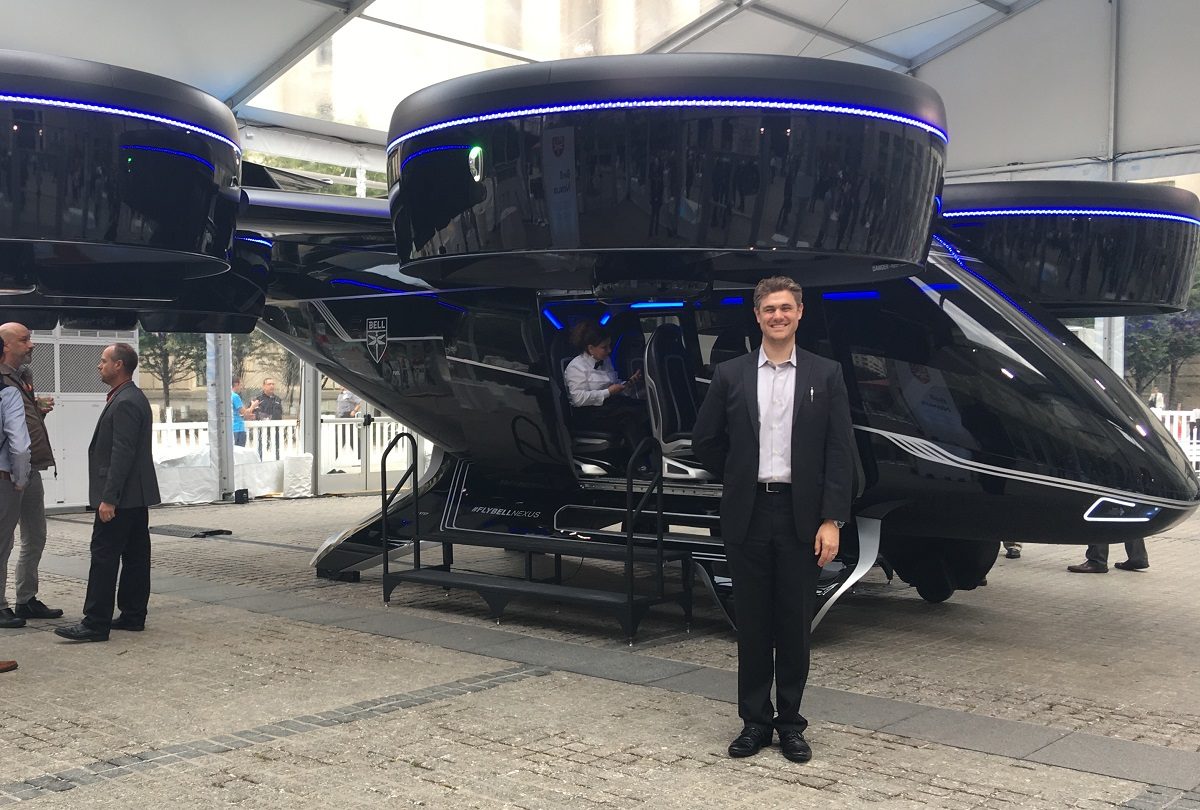This post was written by Josh Weiner, Solar Expert Witness & Solar Engineering Expert. Mr. Weiner has been at the forefront of the solar industry for over 20 years and is an industry leader on solar-plus-storage engineering & design. Josh’s expertise spans both in-front of and behind-the-meter initiatives including residential, commercial, utility, grid-scale, and ev charging solar and storage applications.
Two important qualities for business owners are foresight and leadership. Installing a microgrid at your solar sales office helps showcase both. These are just a couple reasons why your office is the ideal demonstration site for a microgrid.
Without a microgrid, you depend on the electric grid for power. And you might have no backup plan in the event of a prolonged power outage. The problem: prolonged outages are occurring with greater frequency in places like California. To make matters worse, Pacific Gas & Electric Co., the state’s largest utility, has begun preemptively switching off power when wildfire risks are high. Annual wildfire alerts appear to be the new normal in California.
The time is right for microgrids across the country, not just in California. Communities in other states sometimes contend with extreme weather that can threaten electricity access, such as hurricanes. Other states are also adapting to regulatory reforms that are likely to make microgrids more valuable for the end customer.
Lastly, the business case for microgrids is strong. These projects provide a hedge against the consequences of a power outage where you might continue to incur expenses with no ability to generate revenue. For some businesses, costs associated with a single power outage may exceed the microgrid installation cost. Meanwhile, you can use the microgrid as a revenue-generating asset while sourcing electricity from the grid.
Reduce operational risk and increase financial rewards by starting a microgrid project at your sales office.
If you build it, they will come.
Ideal microgrid demonstration site
A microgrid has four components: energy generation, storage, load, and control. If you’ve installed solar and batteries, you’re already well on your way to installing a microgrid.
One way to highlight microgrid installation experience and expertise is to sell a project and take interested parties on tours at a customer’s site. Here’s why it’s better to run tours at your own site:
- First, you have complete access to the facility. Scheduling tours will be a cinch. Just pick a time that’s convenient for the customer. No need to work through an intermediary.
- In addition, you can discuss project development issues. Talk about decisions related to engineering, procurement and construction from the customer’s point of view. Tell customers about the goals of the project. Explain your process for selecting energy generation, storage, and management technologies. Walk through the tradeoffs between cost, reliability, and code compliance.
- You might have no other choice. After all, the microgrid market is still taking root. If you have the capabilities to complete a project but have yet to close on a customer contract, consider developing a project at your sales office first.
Hosting microgrid demonstrations can turn your company’s location into a regional destination for anyone interested in microgrids. Announce the project before you commence construction. Provide ongoing updates right through the first year of operations. Early adopters of rooftop solar and energy storage enjoyed the first mover’s advantage. You can do the same by building a microgrid.
Microgrids protect against blackout risks
In the past decade, wildfires have consistently ravaged the state of California. In October 2019, wildfires in the state forced the evacuation of over 200,000 people from their homes. One study showed that 4.5 million homes are at extreme risk for a wildfire. Consequently, almost every building in California is at risk of losing electricity service.
This year, PG&E debuted a program called the Public Safety Power Shutoff (PSPS). When an area’s weather forecast calls for “heightened fire risk” PG&E shuts off electricity across large sections of the transmission and distribution grid.
Even with this measure in place, the grid may have contributed to at least one wildfire outbreak in 2019: the Maria Fire in Southern California. According to one report from USA Today, Southern California Edison “re-energized a 16,000-volt power line minutes before the Maria Fire erupted nearby … [and] quickly swelled to 14 square miles.”
PG&E says it is developing temporary microgrids to offset the impact of its PSPS program. You may question, as we have, whether the PG&E system design, a diesel generator plugged into a local utility substation, really meets the definition of a microgrid. But you cannot dispute the need for alternative solutions to preserve reliable electricity service at your place of business. Microgrids deliver one of these solutions.
Everyone needs microgrids
As power needs evolve not just in California but throughout the country, the strain on the electric grid is increasing. This reality is creating development opportunities for microgrids.
One of the trends pointing to growth in the microgrid market is the falling cost and increasing deployment of solar and energy storage. Solar and storage are big contributors to microgrid deployment costs. Therefore, once a facility has solar and storage, the additional cost to deploy a microgrid goes down.
Another industry trend is the evolution of the utility business model. Until recently, utilities were vertically integrated businesses that owned generation assets and sought to maximize the sale of energy. But utility ownership of generation assets has declined considerably, and regulatory agencies across the country are incentivizing utilities to shift from maximizing energy sales to maximizing the value of energy. Distributed energy resources—including solar, storage, electric vehicles, and microgrids—add value for the customer and the grid.
In 2018, the US Department of Energy’s National Renewable Energy Laboratory detailed a feasible framework for increased microgrid adoption. NREL discussed a plan for how state policymakers could assist in the development of microgrids as critical infrastructure. There is no disagreement about the value that microgrids have to offer. There’s no question that the future is bright for microgrids. The only question is, who will be the early leaders in microgrid installations?
The microgrid business case
When businesses invest in energy storage, they usually want to identify revenue streams and model an expected return on investment. But the microgrid business case is somewhat different. Think about what happens when the power goes out, and the opportunity costs for your business. You’re paying wages but generating no output. You lose out on existing business and you cannot develop new business.
A microgrid helps put you back in control. Decide how much generation and storage you’ll need to continue business operations during a blackout. Customize the system to balance costs and system size. Extend the system gradually as your energy needs change. You are in the driver’s seat, now.
A microgrid’s ability to provide value isn’t limited to emergencies, either. With energy storage and energy management capabilities, the system can continuously perform demand-charge management, maximize solar self-consumption and carry out other functions that provide value for commercial electricity customers. Think of microgrids as emergency back-up systems that pay for themselves with grid services, so long as the grid is “on.” This means the microgrid works for you whether the grid is “on” (in the form of grid services) or “off” (in the form of back-up “energy insurance”).
Start your next project now
To sum up, there’s never been a better time for solar construction companies to install a microgrid at their sales office. It will help protect your business from lost business in the event of a power outage and expand your business to serve customers seeking microgrids for their own business facilities. Visit the SepiSolar website for microgrid design and engineering resources or to contact our microgrid company for a consultation.
While at the website, check out our white paper on net energy metering (NEM) in California, located in the resources section. The NEM white paper explains how solar-plus-storage projects, including solar microgrids, can qualify for NEM credits.
“Installing solar panels” by Oregon Department of Transportation is licensed under CC BY 2.0




